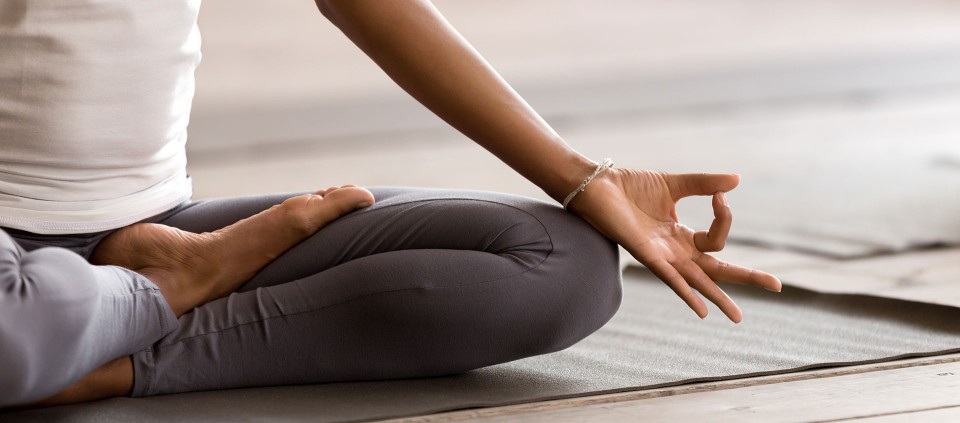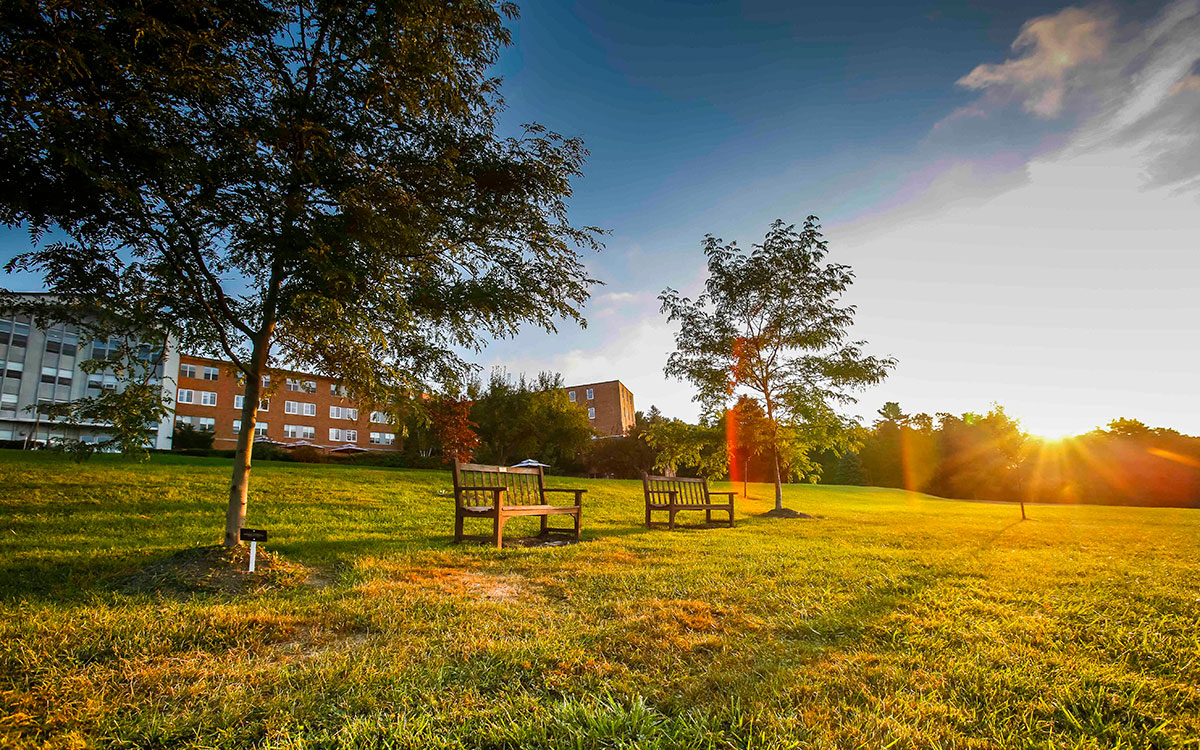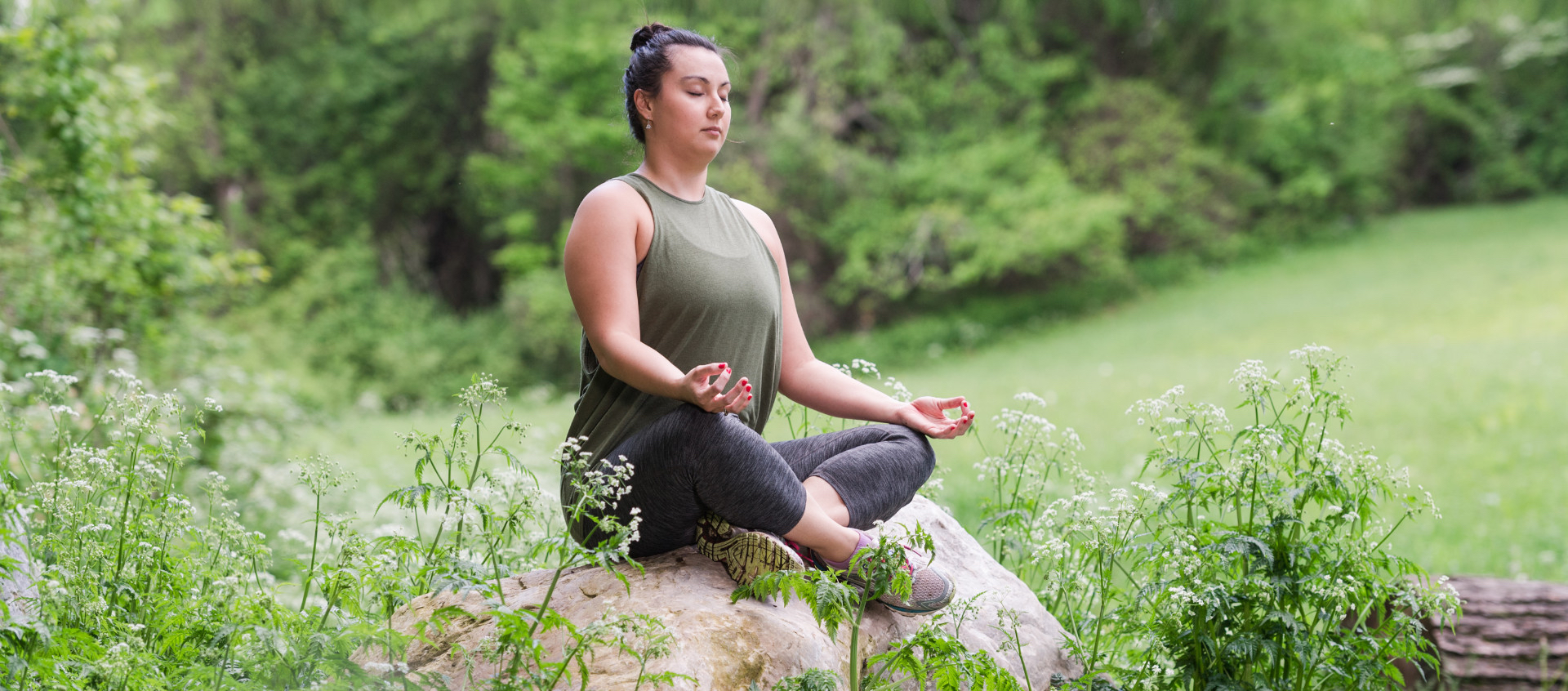When Do You Meditate? Here’s How to Make It Easier at Any Time of Day

The best time to meditate is the time you actually do it. We each have only 24 hours in our day, so we need to find a time that fits into our lives. Some can practice in the morning, but others may have to fit it in during another time.
If at all possible, try to do your meditation at the same time each day—and in the same place. That consistency is helpful for your practice. You don’t need to participate in long meditation sessions when you’re starting out, but if you do it daily, so that you miss it when you don’t do it, you’ll develop a sustainable practice. Having a set time and place helps create that rhythmic habit.
Morning Meditation
Many yogis recommend a morning practice, as it brings clarity and focus for the day. Some traditions teach that 4:00 is the ideal time to practice. My response to that is, “It’s 4:00 am somewhere!” By that, I mean it’s fine to call your own individual rising time the perfect time to meditate in the morning. Here are a few tips for morning meditation.
Get enough sleep. One of the most important ways to prepare for meditation to get a good night’s sleep each night. There is no point in trying to meditate (at any time of the day) when you are sleep deprived. If you often fall asleep meditating, take it as a message from your body: You need more sleep.
Get out of bed. Rather than simply sitting up in bed to meditate, move to a different spot to discourage sleepiness.
Wash your face. Before sitting, splash your face with cold water to help you shift out of that space between waking and sleep.
Morning meditation technique: Using the sensations of the breath as your object of concentration is called anapanasati. It’s the beginning practice of Vipassana, or insight, meditation. This technique is especially recommended to practice before you start your day. You might weave it into your morning asana practice, too, doing it right after your postures.
Afternoon Meditation
When we’re out in the world, the mind has to be active as it goes through the business of the day. We then come home and sit on a cushion or chair and think that the mind should immediately be quiet. That’s not fair to the mind. That’s why I recommend doing a “cool-down” before you start your practice—a prelude to help settle the mind from the busyness of the world. Therefore, pratyahara (bringing the senses inward), the fifth of Patanjali’s eight limbs of yoga, is, to me, the most important step in preparing for an afternoon meditation session. Here are some suggestions.
Practice slow-motion yoga. Slow movement is fabulous as a pratyahara exercise. You can do a yoga posture so slowly that you are barely moving. It brings all the awareness inside the body.
Do Nadi Shodhana, Alternate-Nostril Breathing. This technique is also great as a cool-down. Research shows that Nadi Shodhana soothes the nervous system, thus quieting the mind. It can also be used as a meditation practice on its own.
Try a mini walking meditation. If you simply walk from the door of the room where you’re going to meditate over to your meditation cushion so slowly that, again, you’re barely moving, by the time you get to your cushion you are already in alpha brain waves and ready to go into meditation. This is a wonderful way to come into a meditative state. I always remember this advice I heard from an Indian yoga master, “Trying to do seated meditation without doing walking meditation first is like trying to start a car with no gas.” Walking meditation can become your full practice anytime of the day as well.
Chant. If it’s part of your practice, chanting can also be used as a prelude to meditation. Many people find that at the end of a chant they are in a still place inside, and it’s easy to go right into meditation.
Afternoon meditation technique: When you get home from work—or any time of day, really—do a body scan. This can be done at any speed. I’ve heard it said that those adept in the practice can scan slowly down the entire body on a single inhalation and up the entire body on one exhalation. (No worries if you’re not yet at that point!)
Evening Meditation
Meditation in the evening can be a mixed blessing. I don’t recommend doing anapanasati at this time; there are other, more active practices that lend themselves to the fading hours of the day and give the brain a little more to do, so it stays engaged more easily.
First, wait a bit after eating. It’s unwise to try to meditate after any meal. You ask the mind to concentrate and it says, “Excuse me, I’m digesting now. Come back later.” One Indian yogi who came through Kripalu years ago said, “It’s good to be a little tired when you meditate, so your mind is not too busy—but also a little hungry, so you don’t fall asleep.” He recommended meditating before a meal, but if that’s not possible for you, then try eating a little earlier in the evening so that it doesn’t get too late for meditating.
Don’t lie down. Unless you are practicing yoga nidra, I don’t recommend meditating lying down. What do we normally do when we’re lying down? We sleep. It’s confusing for the bodymind to assume the sleep pose and then ask the mind to do something else. I had a lovely gentleman in one of my meditation retreats who told me, “I always meditate lying down.” I said, “Well, I don’t recommend it, but if you always do it, okay.” Then during meditation, he started to snore.
Evening meditation techniques: Although each can be done anytime of the day, japa (the repetition of a mantra using a mala, or prayer beads) and metta (loving-kindness meditation) are particularly lovely at the end of the day. Japa is effective because your mala is there to hold onto in case you are sleepy. But to me, the best evening meditation is metta. I always recommend practicing it just before bed. It’s such a mellow meditation that you can even do it in bed. Research by the organization HeartMath has shown that when we breathe into a heartfelt feeling of gratitude for something, the heart regulates to a healthy, coherent rhythm. My feeling is that when you spend time sending good wishes to yourself, your friends, and all beings, you become so grateful for all the beautiful people in this world who have gifted you with their friendship that you end up going to bed with an open heart.
Try following these recommendations to prepare for meditation—whatever time of day you choose—and notice if they help make your sessions more effective and productive. They might also result in greater stillness and focus in your practice and in your life.
Bhavani Lorraine Nelson is a Kripalu Yoga teacher and Legacy Faculty who leads workshops in meditation and mindfulness, stress reduction, and the power of the voice.
Full Bio and Programs
